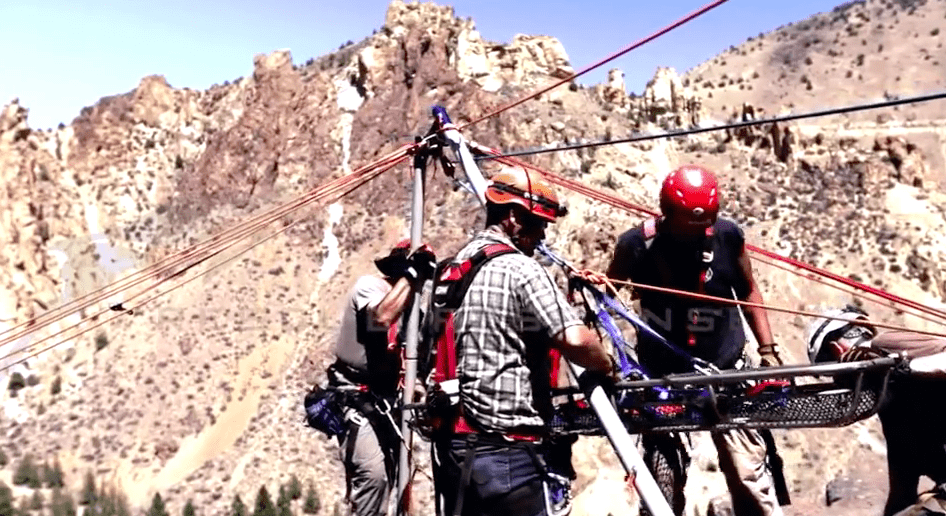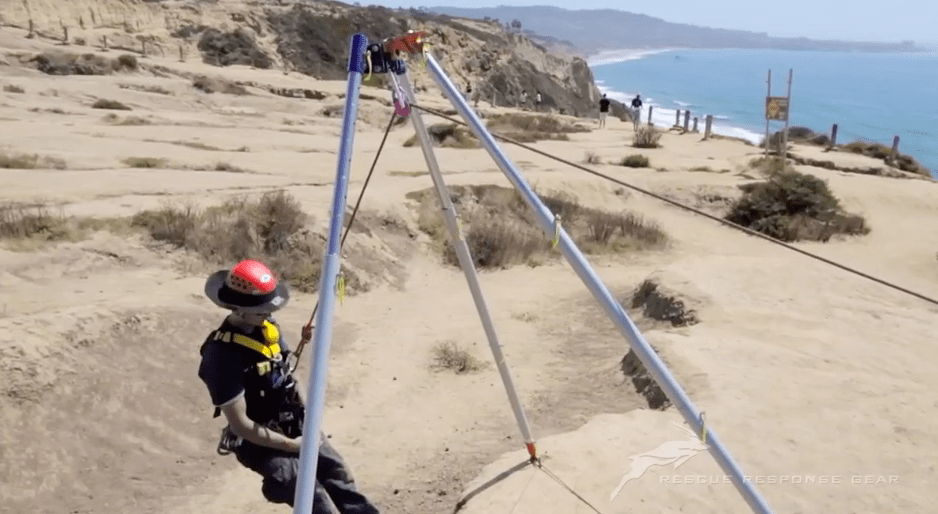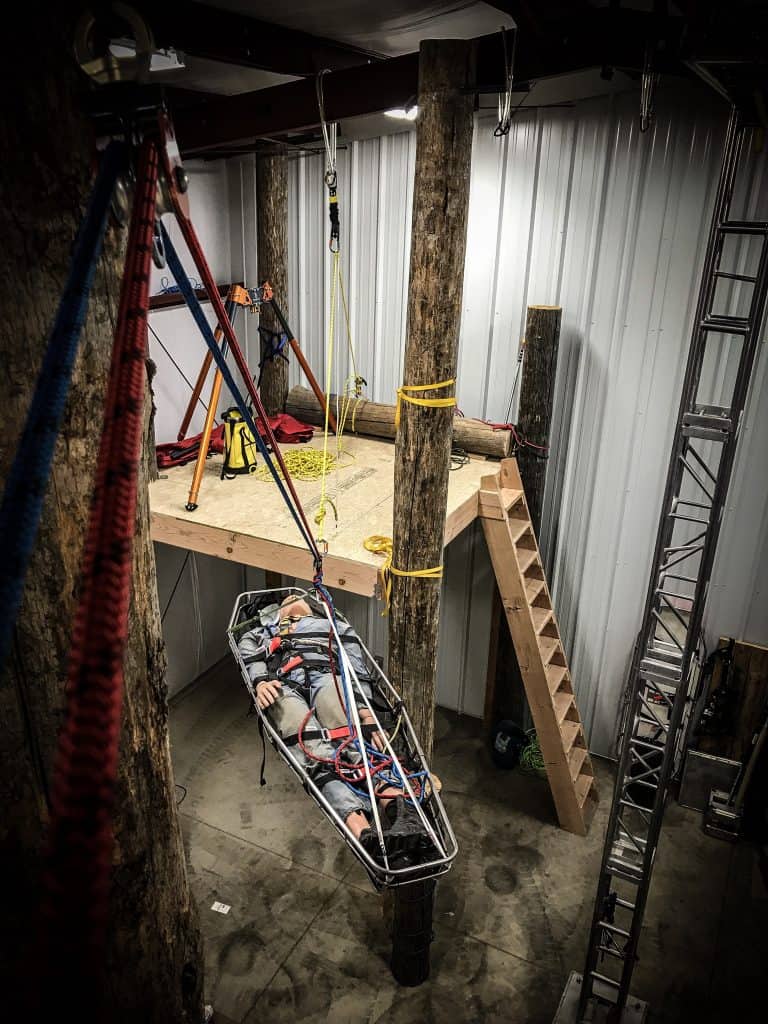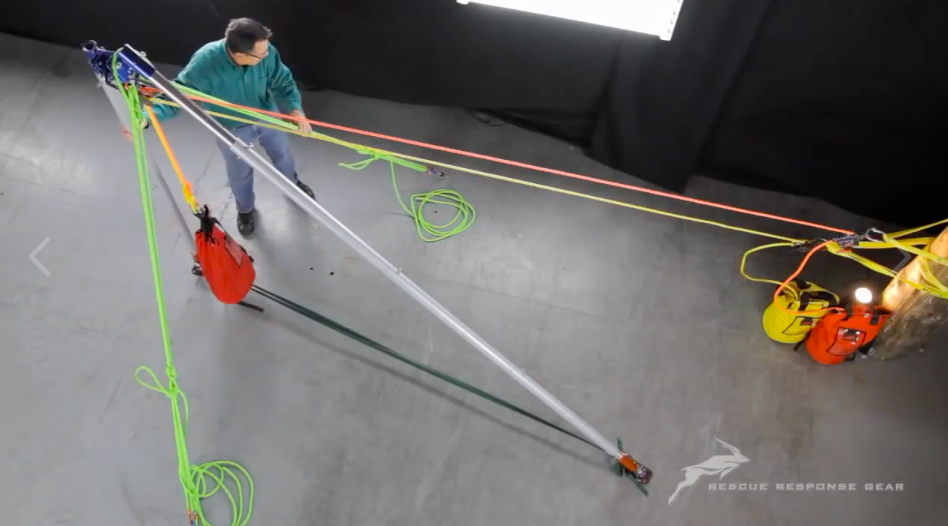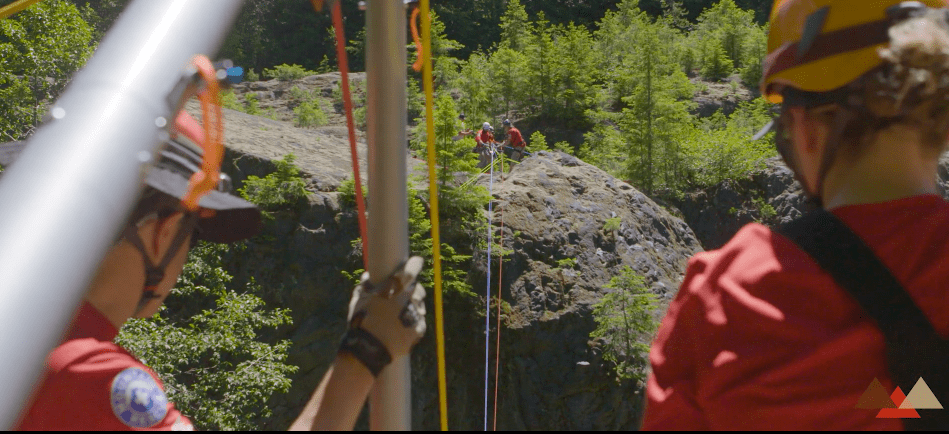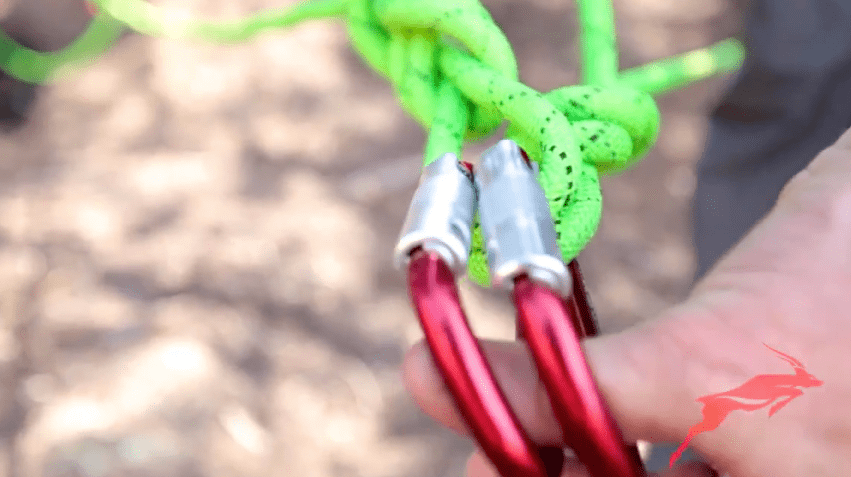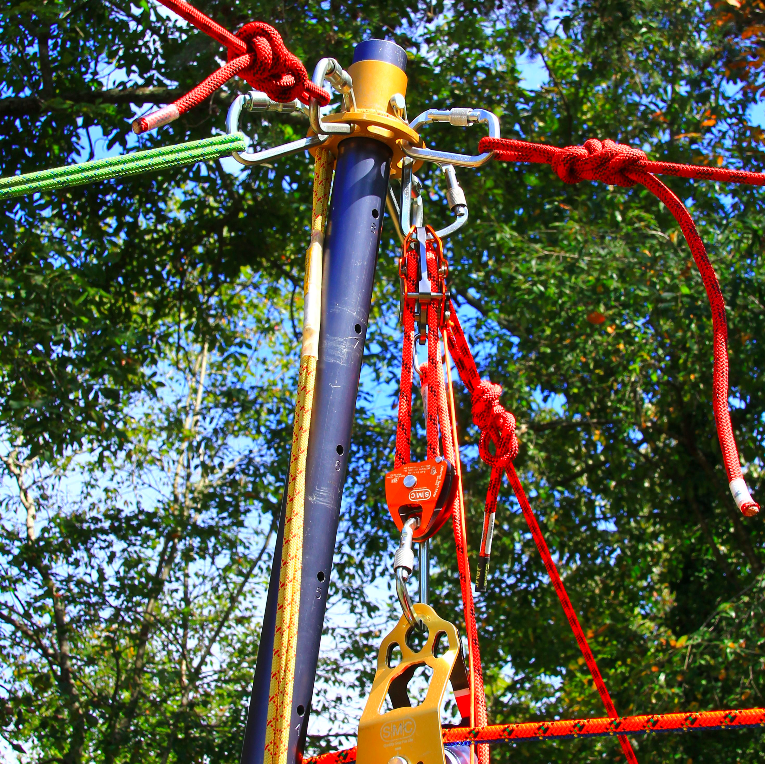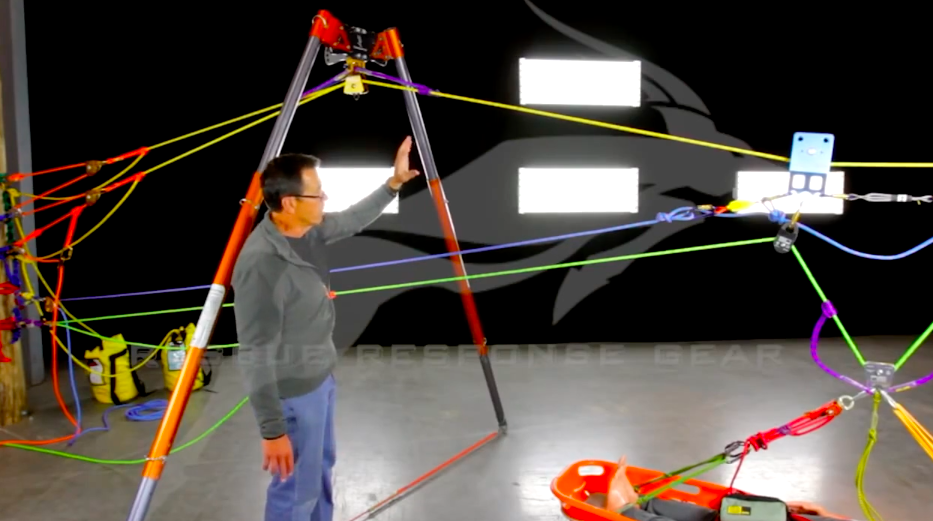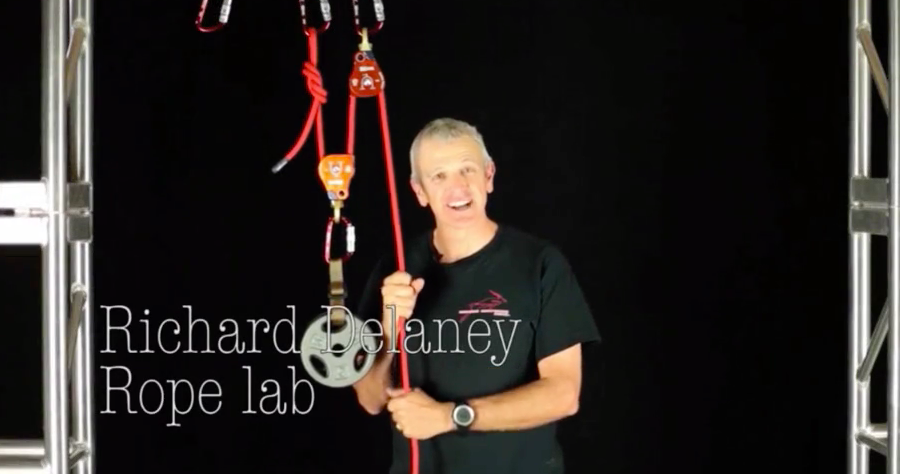The Basics Of How The Arizona Vortex Works: Part 2
A few years ago, we had a very cool time and space with CMC Rescue (now simply… CMC). This project was a dream world of live training, film production and in-use product defining. Here is snapshot of what transpired. Mitigating “edge trauma”, as many call it… is likely the most arduous job of any rigger […]
The Basics Of How The Arizona Vortex Works: Part 2 Read More »

